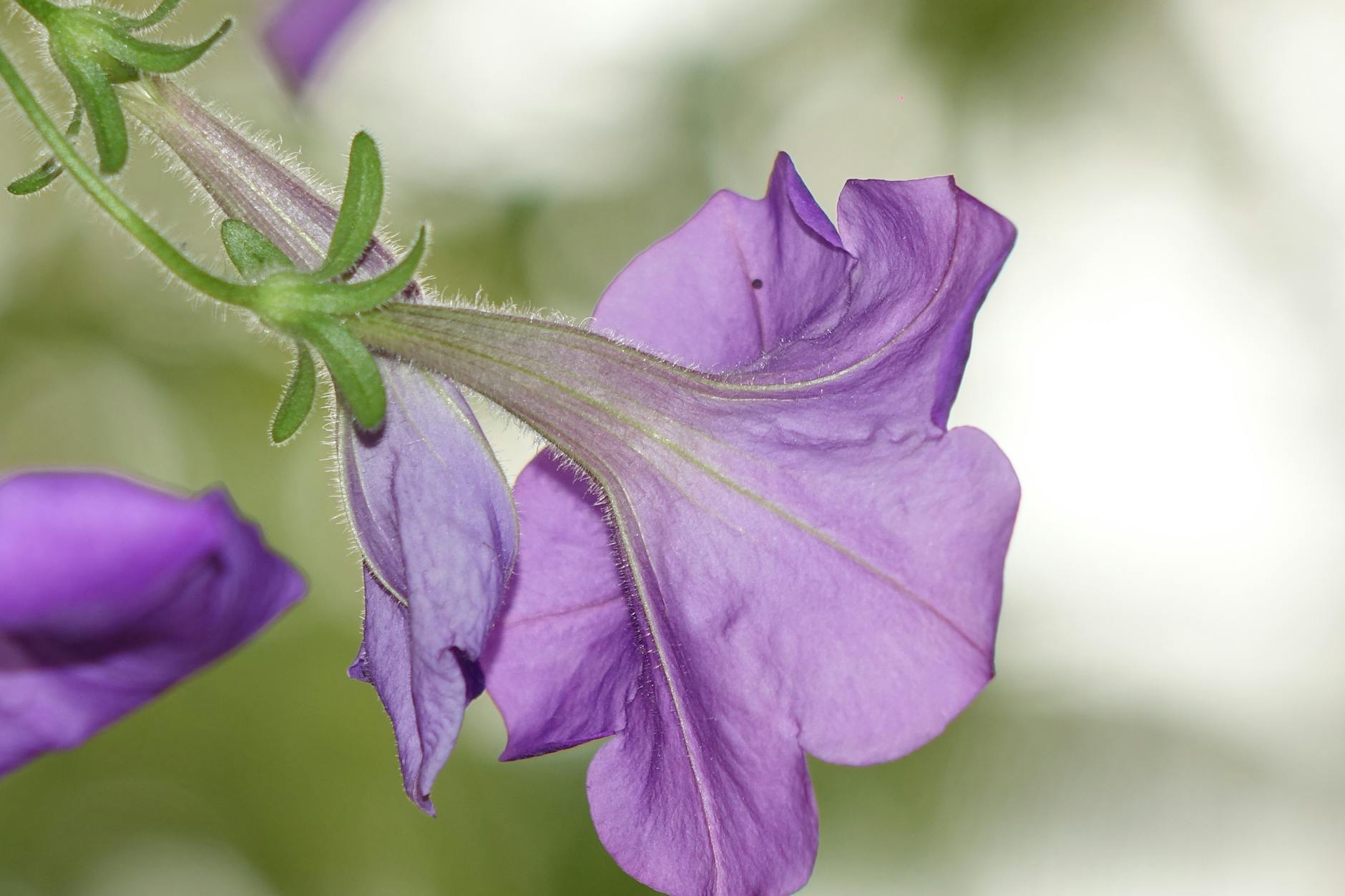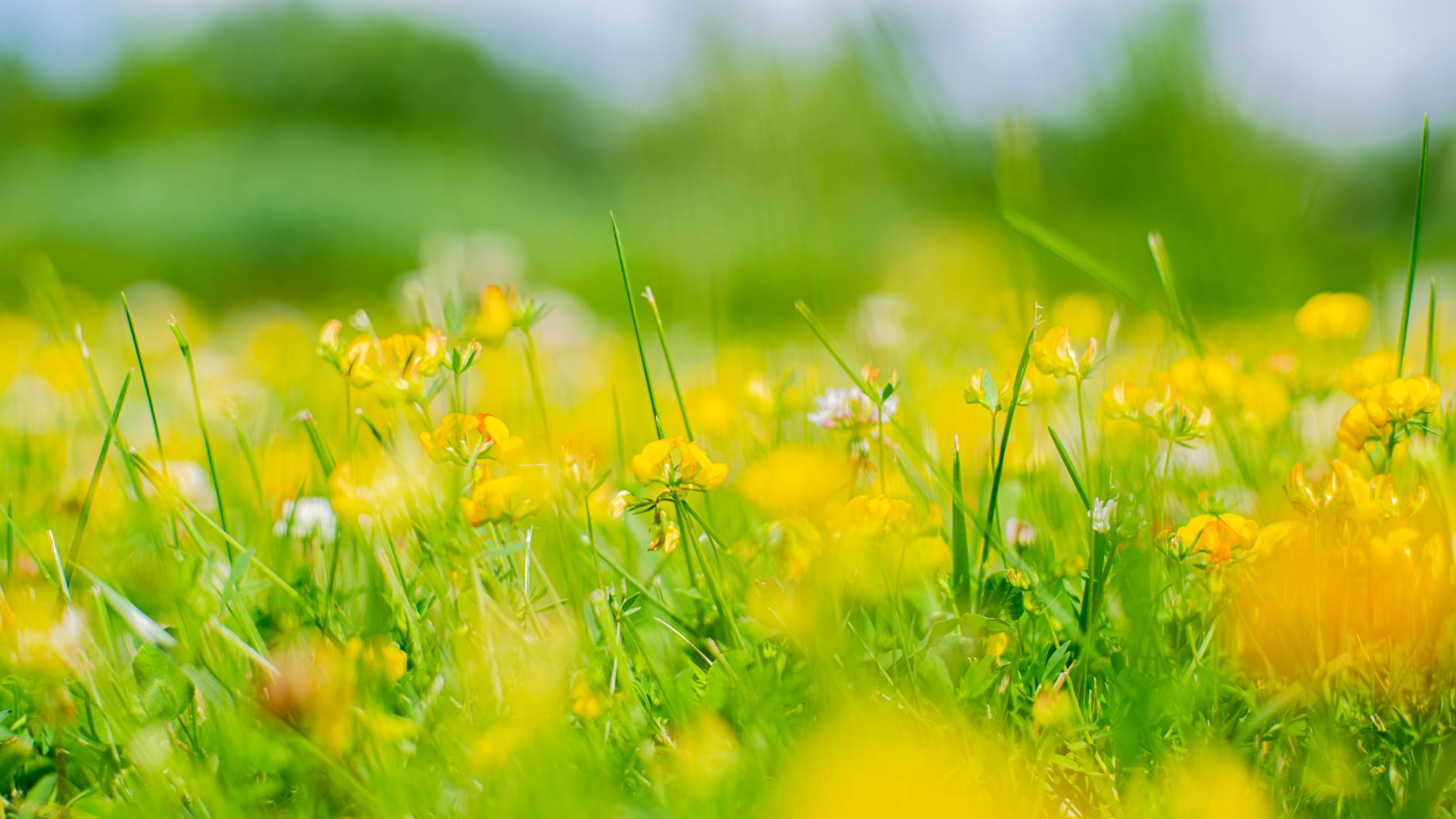Is Australia's Beauty Scene Leading the Way in Sustainability?

Current Trends in Sustainability
In recent years, there’s been a noticeable shift towards sustainability, especially among consumers who are increasingly mindful of their choices. As I stroll through local areas like the Royal Botanic Gardens Victoria, it's evident how nature can profoundly inspire sustainable beauty practices, much like how eco-focused brands create products that resonate with our green aspirations.
Rising Eco-Conscious Consumer Base
More individuals are actively seeking out brands that align with their values, prioritizing ethical sourcing and environmental impact. Many favour brands like Clarins and Kiehl's, appreciated for their commitments to sustainability and natural ingredients. This rising eco-awareness translates into informed consumer decisions, reflecting a collective desire to embrace a green lifestyle.
Innovative Sustainable Practices
Beauty brands are adopting innovative approaches to sustainability, often incorporating processes or ingredients that minimise environmental impact. Take K18, for example, which utilises breakthrough formulas that are both effective and eco-friendly. These advances in beauty technology not only enhance our skincare routines but also contribute positively to our planet.
Eco-Friendly Packaging Initiatives
There’s also a growing trend towards eco-friendly packaging. Consumers and brands alike are moving away from single-use plastics to more sustainable options. Recyclable, reusable, and biodegradable packaging are no longer just trends—they have become industry staples for anyone conscious of their environmental footprint.
As I engage with eco-focused shops at venues like Queen Victoria Market, I am continually inspired by how innovation and sustainability can converge, paving the way for a greener future in beauty.
Environmental Impact of Beauty Products
Understanding Ingredients and Sourcing
Navigating the world of beauty products often requires a close examination of the ingredients and their sourcing practices. As a dermatologist, I emphasize the importance of understanding what goes into our skincare routines. For instance, Clinique has taken steps to be more transparent about its ingredient sourcing, ensuring that raw materials come from sustainable and ethically responsible sources. By choosing brands committed to sustainability, we support practices that lessen environmental damage.
Waste and Disposal Challenges
Beauty products pose significant waste and disposal challenges, especially with packaging waste. It is crucial to consider how purchasing decisions can impact the environment. Brands like "L'Occitane" often offer refill options or use biodegradable materials to reduce waste. As part of our eco-conscious lifestyle, we should be supporting such initiatives and advocating for responsible disposal methods, like recycling or participating in product take-back schemes available in eco-focused shops at Queen Victoria Market.
Carbon Footprint Considerations
The carbon footprint associated with beauty products involves more than just transportation. It includes the entire lifecycle, from ingredient extraction to packaging production and disposal. By opting for locally produced products, we can reduce this footprint. Supporting brands that transparently report their carbon emissions and engage in carbon offsetting can help mitigate environmental impacts. This approach aligns with a green lifestyle, ensuring that every purchase supports a healthier planet.
Legislation and Regulations
Current Australian Policies
In my journey to understand sustainable beauty practices, I find that Australian policies serve as a guiding light for eco-conscious enthusiasts. Australia's focus on sustainability is evident in initiatives such as regulations limiting harmful chemical use in beauty products and stricter waste disposal guidelines. These policies significantly impact the beauty industry, pushing companies towards innovative, environmentally friendly solutions. This change is visible in some products, like Dior perfume, which now focuses on using sustainable sourcing and eco-friendly formulations. The responsible practices encouraged by these policies not only align with our values but also protect our beautiful landscapes, making it paramount to support them.
Global Comparison
Globally, sustainable beauty legislation varies, reflecting different levels of commitment and regulatory frameworks. While Australia prioritizes reducing environmental impacts through stringent rules, other countries are not far behind in their endeavours. For instance, the European Union maintains strict regulations on ingredient safety and environmental responsibility, setting a global standard for eco-conscious beauty. Comparatively, the US has begun enhancing its policies to better address these concerns, but it still lags in some areas. Understanding these differences helps us as consumers to make informed decisions, ensuring our product choices support a global push towards sustainability.
Industry Compliance Strategies
Adopting sustainable practices requires brands to innovate while complying with evolving regulations. Companies successfully navigating this landscape employ numerous strategies to meet compliance requirements. These strategies often include committing to transparent ingredient sourcing, investing in biodegradable packaging, and reducing carbon footprints. Products like Lancome perfume illustrate these efforts through their focus on sustainability. Such compliance not only meets regulatory requirements but also appeals to eco-conscious consumers who value sustainability, reinforcing the industry’s role in environmental stewardship.
Dermatological Perspectives
Clinical Efficacy of Sustainable Products
As an eco-conscious professional from Melbourne, I've observed a growing interest in sustainable beauty products. Dermatologically, it's crucial to ensure these offerings are effective without compromising skin health. Brands like Dermalogica have stepped up to create sustainable options that don't sacrifice efficacy. What's notable is their commitment to clinically proven ingredients, ensuring that eco-minded individuals can trust the products they apply to their skin. Sustainable products frequently leverage plant-based ingredients, similar to those found in the lush settings of the Royal Botanic Gardens Victoria, offering natural beauty inspiration.
Balancing Natural Ingredients with Effects
While natural ingredients are often favoured for their minimal environmental impact, as a dermatologist, I find it essential to evaluate them with a critical eye. Ingredients such as botanical extracts can offer significant benefits, but they should be carefully balanced to achieve desired dermatological outcomes. For instance, a moisturiser from La Mer utilises sustainable practices while maintaining high efficacy. The challenge lies in combining natural ingredients without compromising skin health or treatment results.
Patient Education on Sustainable Choices
Educating patients on sustainable beauty practices is vital. As Jack Harris values evidence-based treatments, he prioritises guiding his patients in making informed decisions. It's not just about choosing products with eco-friendly packaging; it involves understanding ingredient lists and the environmental impact of each component. Promoting awareness at venues such as the Environment Centre of Victoria can further enhance public understanding of sustainable beauty and empower individuals to make better choices for both their skin and the planet.
Mistakes to Avoid in Sustainable Beauty
Recognising and Avoiding Greenwashing
Navigating the sustainable beauty landscape can be tricky, particularly with the prevalence of greenwashing. It's essential to scrutinise claims made by brands that position themselves as eco-friendly. The trick lies in researching whether these brands genuinely engage in sustainable practices or simply use eco-friendly buzzwords to appeal to conscious consumers. Spend some time exploring resources provided by institutions like the Environment Centre of Victoria to better identify authentic green products. You will become a more discerning consumer by distinguishing between genuine sustainability efforts and those just capitalising on the trend.
Importance of Reviewing Ingredient Labels
Understanding ingredient labels is paramount for anyone committed to sustainable beauty. It's easy to overlook labels filled with technical jargon, yet they hold the key to truly understanding a product's impact on the environment. Focus on sourcing information about ingredients and avoid those with non-biodegradable components. Resources like eco-focused shops at Queen Victoria Market can provide insightful guidance on sustainable ingredients. As you deepen your knowledge, you will soon be navigating product labels with enhanced confidence.
The Relevance of Considering Long-term Effects
Sustainable beauty isn't just about looking good today; it's about ensuring that our choices contribute positively to the future. Many consumers underestimate the long-term effects of their beauty regimen on both their skin and the environment. By drawing inspiration from natural reserves like the Royal Botanic Gardens Victoria for natural beauty inspiration, you can learn how nature's cycles are inherently sustainable. Embrace practices that not only benefit your skin but also align with eco-conscious values.


